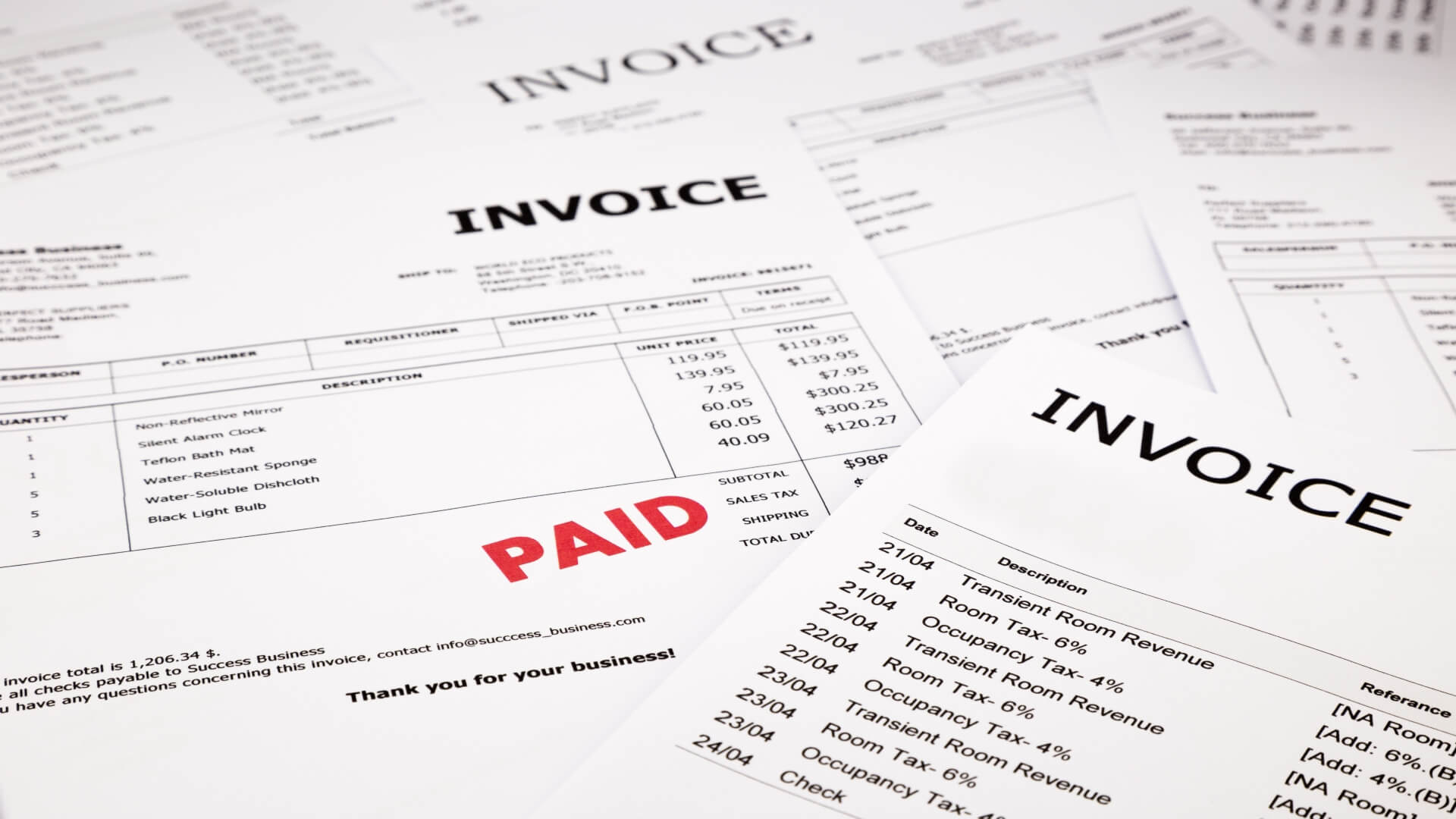Running a small business is no small feat. You have to be wary of how you execute operations—it’s the only way to ensure you grow and attain success. One of the operations you must be mindful of is finances.
Finances determine how easily you run your operations; they all require funds. Accounting is one of the practices to adopt to make sure your finances are in check. One of the issues you can encounter as a small business is the lack of payment or delays. Here, invoicing comes into place.
Invoicing entails sending bills to customers after offering your services or availing them of goods. How best should you handle invoicing as a small business and ensure your finances are in check? Here are practices to adopt:
1. Invest In Invoice Technology
Technology aims to bring about efficiency in whichever avenue it’s used. Most, if not all, industries have technologies that make work easier. The finance industry hasn’t been left behind.
Some inefficiencies you can face when invoicing without technology are errors and lengthy preparation times. The narrative changes with invoicing technology.
An invoice scanner makes it easy to capture invoice data and convert it into a readable format for easy data transfer. On the other hand, invoice software allows you to generate invoices automatically; it quickens the process. With such innovations, it’s best to invest in invoicing technology.
2. Detail The Terms And Conditions
Terms and conditions refer to the rules of executing a contract—in this case, the contract between you and your clients. In service provision, most terms and conditions arise from the seller. Should any customer want to work with you, they must conform accordingly.
The terms and conditions of invoicing aren’t always black and white since they differ from business to business. Therefore, include these terms on the invoice you’re sending. They’ll act as reminders to the clients.
It’s best only to include the terms touching on payments. Highlight the payment methods—cash, debit or cards, or online transactions. Finance experts advise accepting several payment methods. It gives your clients the option to choose their preferred method. Also, include a late payment clause that pinpoints the consequences of late payments and possibly charges per day of delay.
Highlighting the due date, time of payment, and instructions on the payment process should also be part of your terms and conditions.
3. Keep It Simple
An invoice should be straight to the point. It’s the only way to ensure your clients see the important aspects of payment.
Many details on the invoice might get the important details lost in all the noise. Most small businesses make the mistake of going too much into branding on the invoice. Instead, practice simplicity. With branding, have the business logo, branding message, and theme colour on the document. If you’re running a promotion directly affecting the client, highlight it on the invoice.
Simplicity also extends to being easy to understand. With the invoice’s purpose being to highlight a bill, ensure you detail the bill. Break down the costs and show the client how you arrived at the final bill. It ensures better understanding that promotes quicker payments without conflicts.
4. Always Verify Your Invoice
One of the things that can make invoicing efforts futile is having incorrect details on the invoice. It creates room for conflict, which leads to delayed payments that harm your small business finances.
Based on this, always verify your invoice to avoid errors. Ensure the client’s name is correct; one can claim the invoice isn’t addressed to them due to this. Also, have the correct payment account details, due date, and the payable amount.
Always check the details before sending out an invoice. Have a third party besides the invoice generator to verify these. They’ll look at it with fresh eyes, making it easier to pinpoint errors.
5. Schedule Invoice Delivery
The time you send invoices greatly determines the time you’ll receive payments. Late sending results in delayed payments that negatively affect your cashflow.
The timeframes differ from business to business. As a small business, you want to develop a time in which you’ll always send invoices. It often depends on your operations. If you’re a service provider, you can opt to send invoices after or before project execution. You can attach the invoice as you deliver the goods to clients.
It’s important to come up with an agreement with your clients on the ideal time to send invoices. With an acceptable timeframe by both parties, you’ll receive payments faster.
6. Always Send Invoice Follow-Ups
It’s said that most small businesses experience delayed payments, even after sending invoices. Your clients often have many other needs to meet and operations to run. Among all these, they’re likely to forget to make payments on time. If you fail to follow up, you might miss payments, affecting cash flow.
Based on this, always follow up on invoices you’ve sent. It’s best to do this as the due date approaches. When a client misses a deadline, send a reminder highlighting the consequences of late payments like interest charges. It’ll likely prompt them to pay. Always attach the original invoice as you send the follow-ups.
Conclusion
Invoicing for small businesses is something you can easily achieve. The right tips at hand will ensure this. The discussion above details these tips. Consider adopting them as you run your small business. You’ll better manage your finances, giving you the success you desire for your business.








